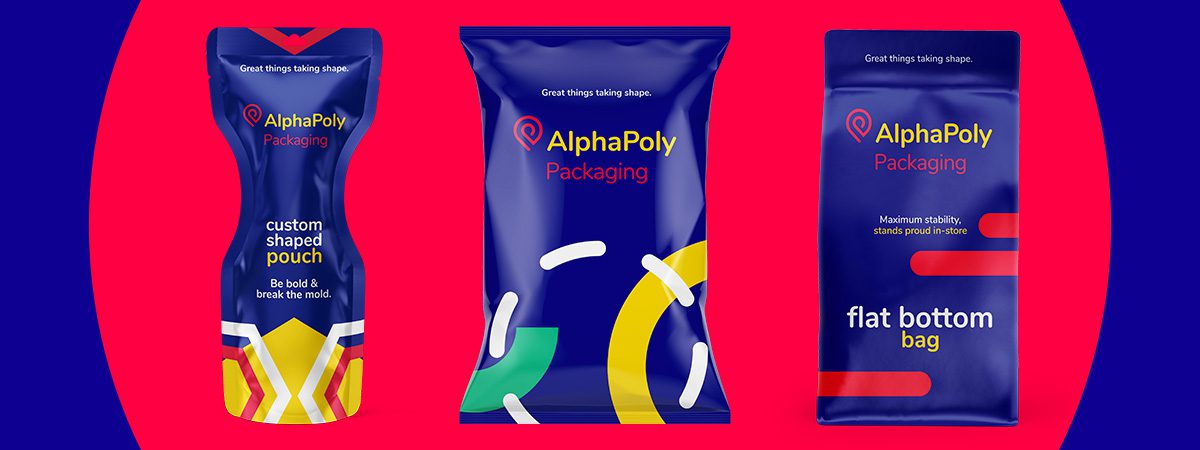
Problem Solved: Solutions Offered by Custom Packaging
Over the past decade, our industry has gotten a lot smarter. Custom packaging has totally revolutionized retail with solutions that are as brilliant as they are beautiful.
At the end of the day, the FDA wants packaging to be truthful (not misleading) and for contents to be unadulterated (not contaminated by packaging, storage, or transportation).
That’s the short explanation.
Achieving those directives requires great attention to detail and careful study of the fine print. This blog won’t lay out everything, but it contains links to entities that do. It is simply an overview that will get you started and provide clearer direction about the information you’ll need moving forward. Think of it as a summary of the classic novel you didn’t read in high school. You’ll get the gist but miss a lot of nuance.
The last thing you want is for all your hard work to get a product to market to be ruined because the glue on the packaging contains a harmful substance that could potentially seep into the food. Or for those valuable contents to fall out of the package in transit. Or for the product itself to become tainted in storage. Not only do adulterated (the legalese) contents threaten your reputation as a manufacturer, but they could potentially harm the very consumers your brand works so hard to pursue.
Simon Sinek would be proud; we started with the “why”. Product quality and consumer safety are admirable reasons to get packaging right.
Keep that in mind when you’re knee-deep into the information label.
Perhaps the easiest way to understand what could adulterate a food product is to imagine baking cookies with a 10-year-old boy. You will definitely want him to wash his hands before touching any of the ingredients. There’s no telling what reptilian, sports ball, gaming controller residue lingers on his hands at any given moment.
In the same way, the FDA wants to ensure that any ingredients used in the making of your product remain contaminant free from the time you purchase them in bulk until the time your product reaches the shelves.
Now imagine the cookies have been made, but our 10-year-old protagonist sneezes on them while they’re on the cooling rack. If the boy is your son, you might consider eating the cookies anyway, but you certainly would not serve them to your boss at dinner.
Similarly, the FDA wants your product to stay free of anything that might contaminate it while in storage, before it even gets to packaging. Think pests, chemicals, germs, etc.
Finally, the clean cookies have cooled and are on a serving platter. The proud young man wants to deliver them to your dinner guests. En route, he trips over an untied shoelace, and some of the cookies fall on the floor. Thinking nobody saw, he picks up the dropped cookies, places them back on the platter and proceeds to the dining room. No matter how much you may believe your home to be impeccably clean, the sneaker with an untied shoelace has indirectly contaminated the cookies that fell onto the floor.
As you can imagine, there are any number of ways for food products to become contaminated in transport. Whether it be poor refrigeration, improper cleaning procedures, or multi-use equipment, the goal of FDA regulations is to ensure no cookies fall on the floor, so to speak.
Ironically, the term “misbranded” is itself misleading. What the FDA and Canada’s Food and Drug Act mean is that they don’t want the package to mislead a consumer in any way. For example, they don’t want the size of the package to lead consumers to believe they’re getting more than they are. They don’t want products claiming health benefits they can’t substantiate. And they don’t want consumers to be exposed to ingredients that could negatively impact their health (allergens, sweeteners, etc.).
As a result, the Canadian Food Inspection Agency and the FDA have very specific labeling requirements regarding what must be included on the label, where the information is to be located, and font size regulations. For example, in most instances, the name of the food should be more prominent than the name of the brand. Also, the net weight of the contents should be expressed in both metric and U.S. Customary System terms and be printed parallel to the base of the package.
That’s just the tip of the iceberg regarding the label details. You can read the links above for all the nitty gritty. Hopefully this gives you an idea of the why behind all the regulations and points you in the direction of some specifics.
We’d be remiss not to mention that, as a packaging company, AlphaPoly’s team is familiar with all the nuances associated with not only the packaging materials, but also the storing, filling, and shipping of products in such a way that nothing is misleading or adulterated.